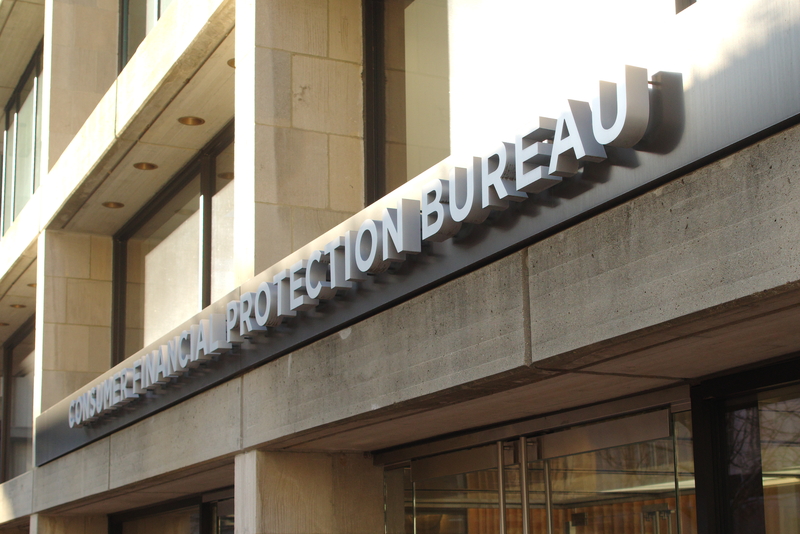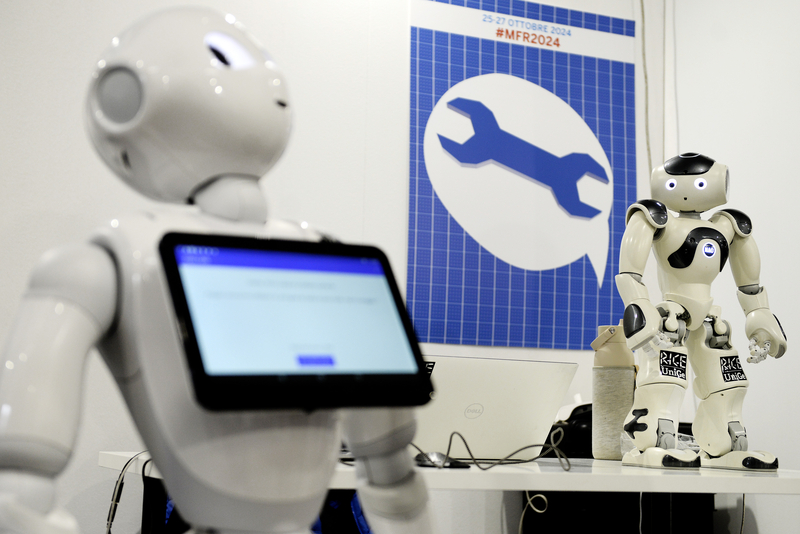On Monday, President Biden issued an Executive Order (EO) which the White House said is designed to manage the risks of artificial intelligence (AI), establish new standards for AI safety and security, enhance privacy safeguards, and protect consumers and workers, while still promoting innovation and competition.
The EO calls for new standards to protect Americans from the potential risks of AI systems.
- It requires that developers of the most powerful AI systems share their safety test results and other critical information with the US government. In accordance with the Defense Production Act, the Order will require that companies developing any foundation model that poses a serious risk to national security, national economic security, or national public health and safety must notify the federal government when training the model, and must share the results of all red-team safety tests.
- It instructs the National Institute of Standards and Technology to set the rigorous standards for extensive red-team testing to ensure safety before public release. The Department of Homeland Security will apply those standards to critical infrastructure sectors and establish the AI Safety and Security Board. The Departments of Energy and Homeland Security will also address AI systems’ threats to critical infrastructure, as well as chemical, biological, radiological, nuclear, and cybersecurity risks.
- It guards against the risks of using AI to engineer dangerous biological materials by developing strong new standards for biological synthesis screening. Agencies that fund life-science projects will establish these standards as a condition of federal funding.
- Protects Americans from AI-enabled fraud and deception by establishing standards and best practices for detecting AI-generated content and authenticating official content. The Department of Commerce will develop guidance for content authentication and watermarking to clearly label AI-generated content. Federal agencies will use these tools to make it easy for Americans to know that the communications they receive from their government are authentic, setting an example for the private sector.
- Establishes an advanced cybersecurity program to develop AI tools to find and fix vulnerabilities in critical software, building on the Biden-Harris Administration’s ongoing AI Cyber Challenge.
- Orders the development of a National Security Memorandum that directs further actions on AI and security, to be developed by the National Security Council and White House Chief of Staff.
Data privacy
It also calls upon Congress to pass bipartisan data privacy legislation to protect all Americans, especially children.
- It prioritizes federal support for accelerating the development and use of privacy-preserving techniques—including ones that use cutting-edge AI and that let AI systems be trained while preserving the privacy of the training data.
- It strengthens privacy-preserving research and technologies, such as cryptographic tools that preserve individuals’ privacy, by funding a Research Coordination Network to advance rapid breakthroughs and development.
- The EO will call on agencies to evaluate how they collect and use commercially available information and account for AI risks.
- And it calls for guidelines for federal agencies to evaluate the effectiveness of privacy-preserving techniques, including those used in AI systems. These guidelines will advance agency efforts to protect Americans’ data.
AI and the potential for bias
The EO directs federal agencies to combat algorithmic discrimination, and it expands upon the White House’s Blueprint for an AI Bill of Rights to ensure that AI advances equity and civil rights. It also seeks to protect consumers and workers by guarding against AI’s involvement in injuring or misleading such persons.
- It will provide guidance to landlords, federal benefits programs and federal contractors to keep AI algorithms from being used to exacerbate discrimination.
- It will offer training to address algorithmic discrimination and offer parameters around how investigations, prosecutions, sentencing and the like will proceed for any civil rights violations related to AI should proceed.
- The Department of Health will embrace any use of AI to develop affordable and life-saving drugs, while also establishing a safety program to remedy unsafe healthcare practices involving AI.
- The US government will use AI’s potential to use AI-created educational tools, such as personalized tutoring.
- The EO will specifically develop principles to mitigate the harms for workers that AI could pose in terms of worker displacement and data collection, among other things, and it seeks to prevent employers from undercompensating workers, evaluating job applications unfairly and impinging on workers’ ability to organize.
Innovating and competing in AI
The EO also seeks to promote innovation and competition through a pilot of the National AI Research Resource, a tool that will provide AI researchers and students access to key AI resources and data, plus offer expanded grants for AI research in areas like healthcare and climate change.
To protect smaller businesses, it will provide small developers and entrepreneurs access to technical assistance and resources, and it will be used through existing authorities to expand the ability of immigrants and nonimmigrants who are highly skilled to study, stay and work in the United States by streamlining visa criteria, interviews and reviews.
In a nod to US allies developing such AI protocols around risk and safety, Vice President Kamala Harris will speak at the UK Summit on AI Safety this week, so international frameworks can be developed. And the EO directs US agencies to use the technology to help disburse benefits and cut costs, while also protecting against discrimination, which the White House says can be done with a rapid acceleration of hiring of AI professionals as part of a government-wide hiring surge. Such hiring will be done by several US agencies and offices, with training provided to their employees.













